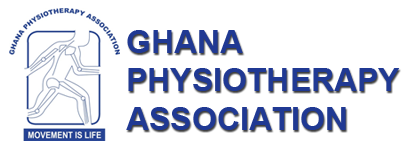HISTORY OF PHYSIOTHERAPY
WHAT IS PHYSIOTHERAPY?
Physiotherapy or Physical Therapy is the provision of services to people and populations to develop, maintain and restore maximum movement and functional ability throughout the lifespan. It includes the provision of services in circumstances where movement and function are threatened by the process of aging or that of injury or disease. The method of physical therapy sees full and functional movement as the heart of what it means to be healthy.
Physical therapy is concerned with identifying and maximizing movement potential, within the spheres of promotion, prevention, treatment and rehabilitation. It involves the interaction between physical clients, families and caregivers, in the process of assessing movement potential and in establishing agreed upon goals and objectives using knowledge and skills unique to physical therapists.
HISTORY OF PHYSIOTHERAPY
Physical therapy has its origins in ancient history with the advent of physical treatments and massage in china circa 2500BC. Hippocrates described massage and hydrotherapy in 460BC.
The modern practice of physiotherapy was developed in London in 1986, believing hospital patients needed to be massaged on a regular basis in order to maintain adequate muscle function and mobility. This special interest group grew rapidly and in 1920 the Chartered Society of Physiotherapy was formed in the United Kingdom. Similar organizations developed in other countries including the USA.
The care and rehabilitation of large numbers of amputees resulting from the world wars of the early 20th century, as well as care of patients suffering from diseases such as polio galvanized the development of physical therapy worldwide. One of its principal advocate was Sister Elizabeth Kenny, an Australian nurse who made great impact on the profession during the 1930s and 1940s.
